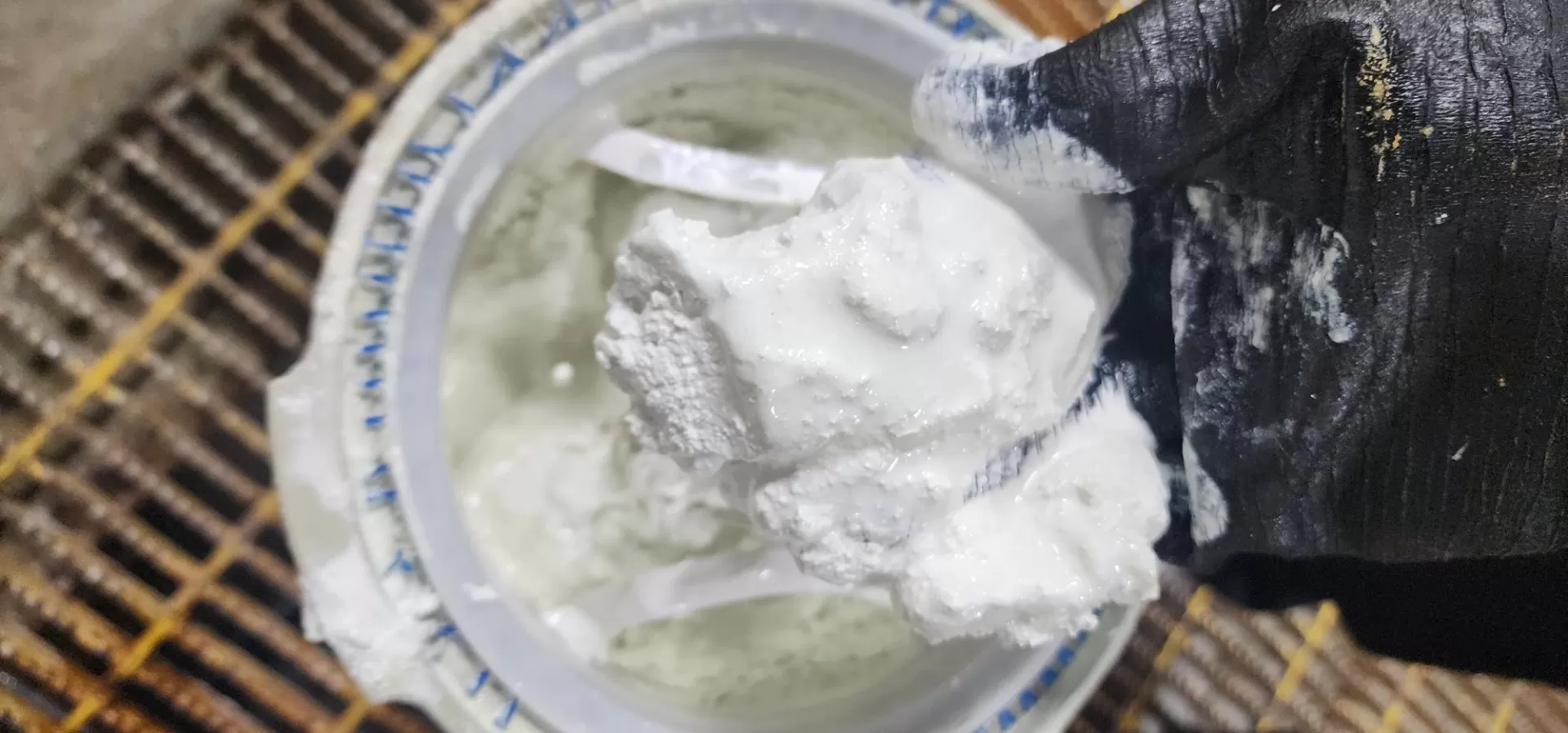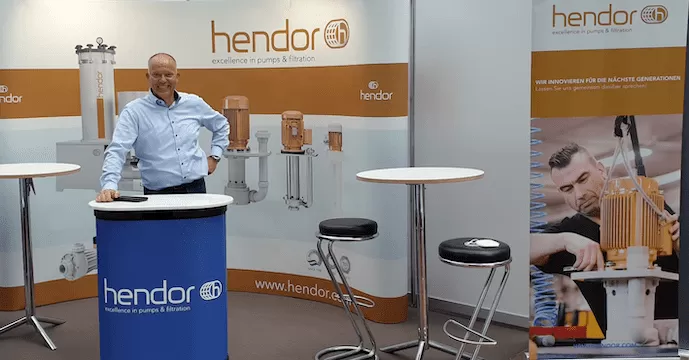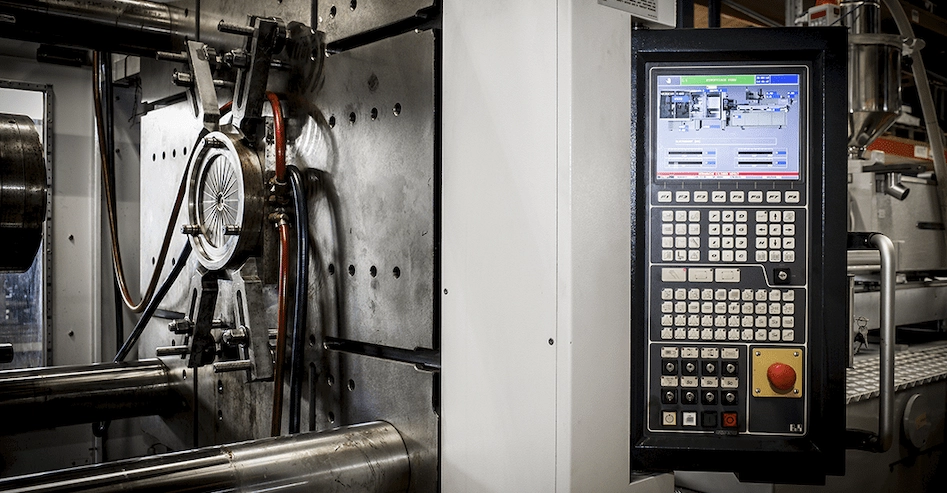06-05-2024
The Success of Hendor’s Stannic Tin Filtration System at Resideo
In the demanding world of metal plating, efficiency and cleanliness are paramount. Resideo Technologies Inc., a spin-off from Honeywell, known for its room air temperature control systems, faced significant challenges with their plating process, particularly concerning the management of tin sludge. This case study delves into how Hendor’s innovative filtration system has changed Resideo’s operations.
The Challenge: Overcoming Tin Sludge Accumulation
At the heart of the problem was the accumulation of tin sludge, a gel-like byproduct of the oxidation of stannous [Sn2+] to stannic [Sn4+], which forms water-insoluble SnO2. Traditional methods of sludge removal were labor-intensive and inefficient, with manual scooping required to clear the settled sludge. This not only slowed down operations but also compromised the quality of the plating process.In many cases, companies implement decanting the tin baths. This involves the settling out of the stannic tin to the bottom of the tank and then sucking u about 2/3 of the clear bath and discarding the bottom third. This is not only a waste of unproductive time, but also wasteful expense to dispose of the 1/3 plating solution.
Hendor’s Solution: Advanced Filtration Technology
Hendor introduced a Stannic Filtration System, equipped with a cutting-edge bag filter utilizing plasma-activated polypropylene microfibers. This technology enables the selective filtration of stannic tin, allowing chemical bonds to form between the stannic nuclei and the activated fibers. Over time, the filter accumulates sludge without clogging, significantly streamlining the cleaning process.
Implementation and Results
Resideo implemented the new system to tackle the persistent issue of sludge accumulation. The process began with a thorough stirring of the stannic sludge at the bottom of the tank, followed by running the filtration system continuously for three days. The system demonstrated substantial improvements:• Reduced Plating Time: The continuous filtration system prevents the accumulation of sludge, thereby maintaining the quality of the electrolyte and reducing downtime.
• Cost Savings: The system reduces the usage of brightener and other proprietary chemicals to achieve optimum plating deposits.
• Elimination of Manual Labor: The new system eliminates the need for manual scooping of sludge, reducing labor costs and physical strain on workers.
• Enhanced Product Quality: With reduced tin oxide on the surface of the products, there was a noticeable improvement in solderability, crucial for steel and brass wire terminals.
Industry Perspective
Resideo’s adoption of the Hendor filtration system highlights the company’s commitment to innovative, efficient solutions. The system not only met but exceeded their operational expectations, prompting strong endorsements for its use in similar applications.
Conclusion
The partnership between Resideo’s Plating Engineer – Brian Schrack,, Hendor- USA team and committed representation of Luster-On’s Midwest Regional Sales/Service Manager Les Gonsalves demonstrates a forward-thinking approach to industrial challenges. The significant operational gains achieved through the adoption of Hendor’s stannic filtration system illustrate the potential for similar technologies to make substantial impacts across the surface finishing industry. This case not only underscores the importance of innovative solutions in industrial processes but also highlights the role of effective technology in achieving cleaner, safer, and more efficient manufacturing environments.Resideo’s experience serves as a compelling example for others in the industry, proving that the right technological investments can lead to substantial improvements in production efficiency and product quality.
Photo Credit: Resideo


























































